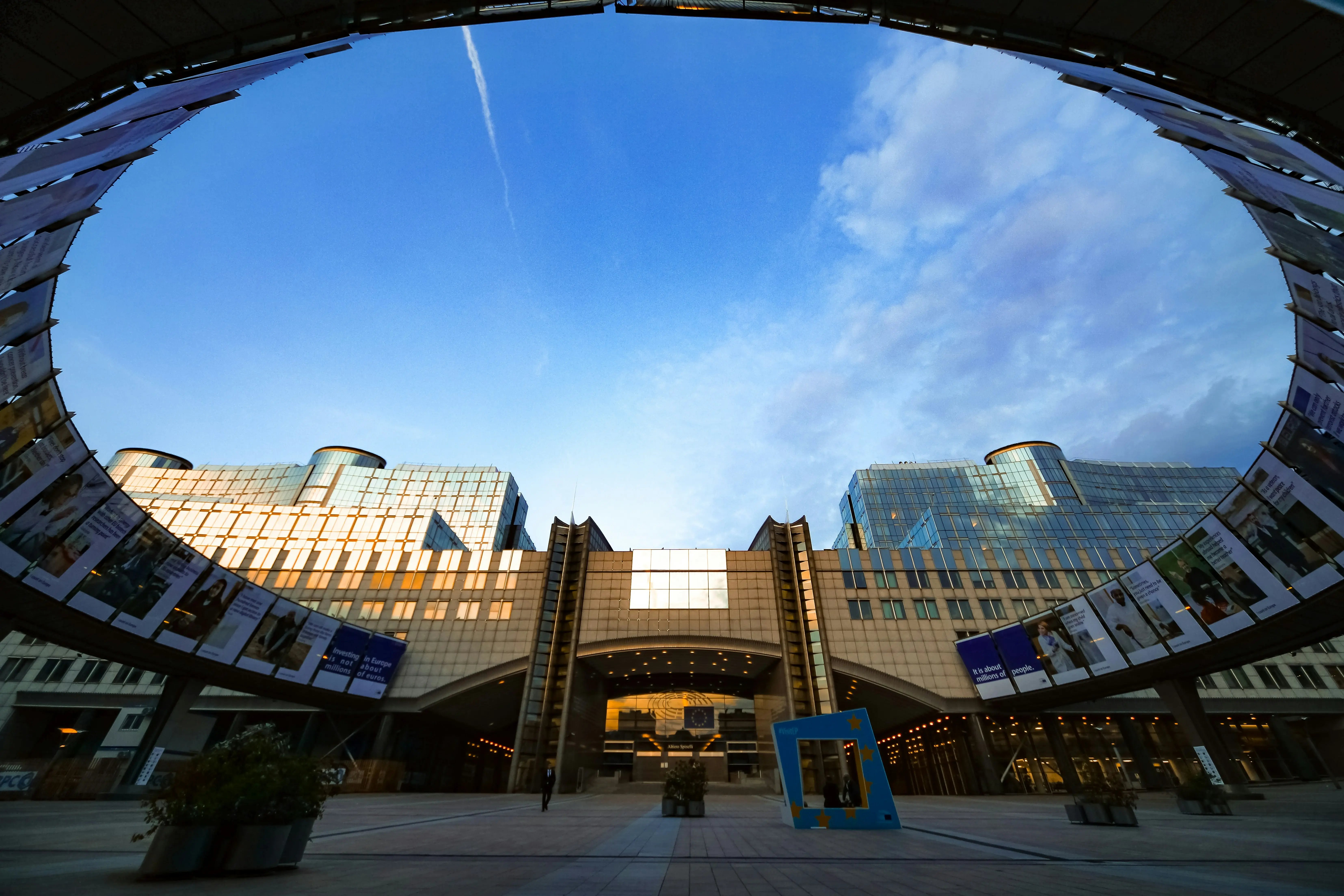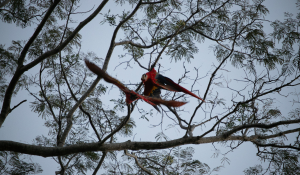Biodiversity COP: How does it differ from the Climate COP?
Out of all the “Conferences of the Parties”, the Climate COP is the most well-known. The Climate COP takes place every year, with the last one, COP28, held in Dubai at the end of 2023. The Biodiversity COP takes place every two years, with the last one, COP15, held in Montreal, Canada at the end of 2022.
While the Biodiversity COP is less known, it does not make it less important. The next one, COP16, will take place in Columbia from October 21st to November 1st, 2024. For more on what to expect from COP16, please read our article.
Understanding the COPs: Biodiversity and Climate
The Conference of the Parties (COP) refers to the decision-making body of international environmental treaties. Each COP brings together representatives from various countries, international organizations, and stakeholders to assess progress, negotiate agreements, and establish future commitments for addressing global environmental challenges. These conferences are held annually or biennially, providing a platform for continuous dialogue and cooperation among the Parties (member countries) of a given treaty.
The concept of COPs traces back to the 1992 Rio Earth Summit, formally known as the United Nations Conference on Environment and Development (UNCED), held in Rio de Janeiro, Brazil. This summit was a pivotal moment in global environmental diplomacy, where nations agreed to several key international frameworks aimed at safeguarding the planet’s environment and biodiversity. Two of the most important treaties to emerge from this summit were:
- The United Nations Framework Convention on Climate Change (UNFCCC).
- The Convention on Biological Diversity (CBD).
These frameworks led to the establishment of two major types of COPs: the Climate COP and the Biodiversity COP.

What are the two COPs?
1. Climate COP (UNFCCC COP)
The Climate COP, or COP under the UNFCCC, is the most widely known type of COP. It focuses on global efforts to combat climate change by negotiating and implementing strategies to limit greenhouse gas emissions, enhance climate resilience, and mobilize financial support for climate action. The first Climate COP (COP1) took place in 1995 in Berlin, and since then, annual sessions have been held to evaluate progress toward the goals of the UNFCCC. These conferences have given rise to landmark agreements such as the Kyoto Protocol (1997) and the Paris Agreement (2015), which seek to mitigate the impacts of global warming.
For more information, please read our article: What to expect from COP29 UN Climate Conference in Baku?
2. Biodiversity COP (CBD COP)
The Biodiversity COP, under the Convention on Biological Diversity, focuses on protecting the Earth’s biodiversity, promoting sustainable development, and ensuring fair access to genetic resources. Its main goal is to halt the loss of species, ecosystems, and genetic diversity, recognizing that biodiversity is essential for ecosystem health and human well-being. The first COP for biodiversity was held in 1994 in Nassau, Bahamas, and its recent meetings have addressed urgent issues such as biodiversity conservation targets and ecosystem restoration.
In summary, both the Climate COP and Biodiversity COP serve as platforms to address two interconnected yet distinct global environmental challenges—climate change and biodiversity loss—both of which originated from the commitments made at the 1992 Rio Earth Summit.
Frequency and Participation
1. Climate COP (UNFCCC COP)
The Climate COP under the UNFCCC typically takes place annually. These conferences bring together representatives from member countries to discuss and negotiate actions to tackle climate change. While it aims to meet every year, there have been some exceptions due to extraordinary circumstances, such as the postponement of COP26 (originally scheduled for 2020) due to the COVID-19 pandemic. However, the Climate COP is generally held in the fourth quarter of each year.
2. Biodiversity COP (CBD COP)
The Biodiversity COP under the Convention on Biological Diversity is usually held biennially (every two years). These meetings provide member nations a platform to assess progress on global biodiversity goals and negotiate new targets. Although the CBD COP tends to be biennial, the frequency has occasionally varied, especially when significant global events or political considerations impact the scheduling.
How does climate change affect biodiversity?
The role of climate change and biodiversity is an intertwined role. While biodiversity plays an important part in mitigating climate change and alleviating its impacts, climate change further leads to biodiversity loss. It has been stated that if the planet warms up by only two degrees Celsius, 5% of species will be at risk of extinction. In fact, climate change is the second biggest driver of biodiversity loss in our oceans and the biggest driver of biodiversity loss on land.
However, biodiversity helps increase thriving and resilient ecosystems, protect natural carbon sinks, and reduce climate change impacts on landscapes and surrounding communities. Therefore, addressing the acceleration of climate change and biodiversity loss together is crucial.
For more information on the impact of global warming on biodiversity, please read our article.
What are the similarities between the two COPs?
The Conference of the Parties to the Convention on Biological Diversity (CBD), has three main goals it aims to achieve:
- The conservation of biological diversity and ecosystems
- The sustainable use of biodiversity components
- The fair and equitable sharing of benefits coming from biodiversity’s genetic resources
Therefore the overall goals of the CBD are essential in order for the Climate COP (UNFCCC) to meet its objective.
The overall objective of the Biodiversity COP is to bring together governments from more than 190 countries to foster protection, conservation, and sustainable use of biological diversity across the globe. At the Climate COP, a key part is reviewing the contributions of each Party (197 States and the EU) and determining how they are tackling climate change.
While the two COPs do not take place at the same time, they share the same overall goal: to protect nature’s balance. They also both have landmark agreements.
What are the differences between the two COPs?
The Climate COP21 that took place in France in 2015, resulted in the adoption of the Paris Agreement, which includes goals such as limiting global warming to well below 2 degrees Celsius (preferably 1.5 degrees Celsius) compared to pre-industrial levels, strengthening the planet’s ability to adapt to climate change while building its resilience, and, “making finance flows consistent with a pathway towards low greenhouse gas emissions and climate-resilient development.”
The Biodiversity COP15 resulted in the adoption of the Kunming-Montreal Global Biodiversity Framework, which includes goals such as cutting global food waste in half, protecting 30% of the planet’s lands, oceans, coastal areas, inland waters, and phasing out or reforming harmful government subsidies by at least $500 billion annually by the year 2030.
While these COPs have always acted independently of one another, more and more actors understand that to find proper climate solutions, we need to tackle both issues together.
In conclusion
Both the Climate COP and the Biodiversity COP serve as essential platforms for addressing critical global environmental challenges, each with distinct objectives but overlapping goals. While the Climate COP is more widely known, the Biodiversity COP is equally significant in its mission to protect the Earth’s ecosystems and biodiversity. These conferences, rooted in the agreements made at the 1992 Rio Earth Summit, are increasingly seen as interdependent, recognizing that the fight against climate change and the preservation of biodiversity are intertwined.
For more information, read our article on the rise of biodiversity credits.
Sources:- Decathlon Sustainability
- Natural History Museum
- United Nations
- Wageningen University & Research
- World Resources Institute
Common Q&As
At COP16, governments will need to review the state of implementation of the Kunming-Montreal Global Biodiversity Framework. The Parties to the Convention will need to show their alignment of the National Biodiversity Strategies and Action Plans (NBSAPs) with the Framework.
For more information, read our article: What to expect from COP16 UN Biodiversity Conference in Colombia?
Companies, particularly those involved in agriculture, construction, and resource extraction, should aim to minimize their impact on natural habitats. Strategies like precision agriculture, vertical farming, and sustainable forestry practices can limit the conversion of wild areas into developed land.
For a deeper dive into this read our article:
The Impact of Global Warming on Biodiversity: How Can Companies Help Preserve It?
Biodiversity credits are related to, but distinct from, voluntary carbon credits. While a carbon credit represents a tonne of carbon dioxide equivalent avoided or removed from the atmosphere, biodiversity credits represent units of biodiversity restored or preserved, which may have a variety of distinctive characteristics.
For more information, read our article:
The Rise of Biodiversity Credits: The Standards to Reach Nature Positive.
Share this
You May Also Like
These Related Stories

Key Takeaways from COP16

The Rise of Biodiversity Credits: The Standards to Reach Nature Positive



